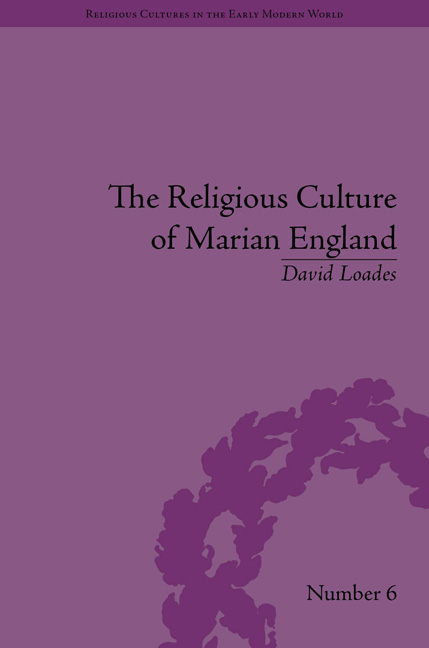Book contents
4 - Religion and Daily Life
Summary
Every day brought the ordinary man into contact with God. He lived his life in a liturgical context, which marked the seasons of the year and provided the kind of order and control which he needed, and which could not be provided in any other way. The Church could not control the weather, but it could provide explanations as to why the sunshine, rain and frost behaved in the way that they did. They were fulfilling God's purpose, and if they produced a bumper harvest one year, and dearth the next – that was part of His purpose as well; to reward the virtues or punish the sins of the community. It was all very intimate, and the natural and supernatural interpenetrated each other all the time and in all sorts of ways. The offices of the church, and the building itself, were parts of that context. All sorts of gatherings – sometimes for purposes far from sacred – took place in the church, and rituals such as the offertory reinforced the hierarchy of the community. The wife of Bath resented anyone who ventured to go before her to the offering! Young men went there to spy out likely girls (sometimes with unfortunate consequences), and young women used the rituals of St Agnes eve to discover the identities of their future partners. Major pagan festivals, such as the winter solstice and the spring rebirth, had long since been incorporated into the Church's calendar as Christmas and Easter, and several lesser celebrations had been similarly consecrated. The plough ceremonies, for example, which had originally been fertility rites, and which occurred just after the winter solstice, had by the later middle ages been absorbed into the calendar. Many churches kept a ‘plough light’ burning in front of the rood, and Cawston church in Norfolk even had a ‘plough gallery’.
In the same way, Christian commemorations could be colonized by pagan or ribald features.
- Type
- Chapter
- Information
- The Religious Culture of Marian England , pp. 65 - 80Publisher: Pickering & ChattoFirst published in: 2014



